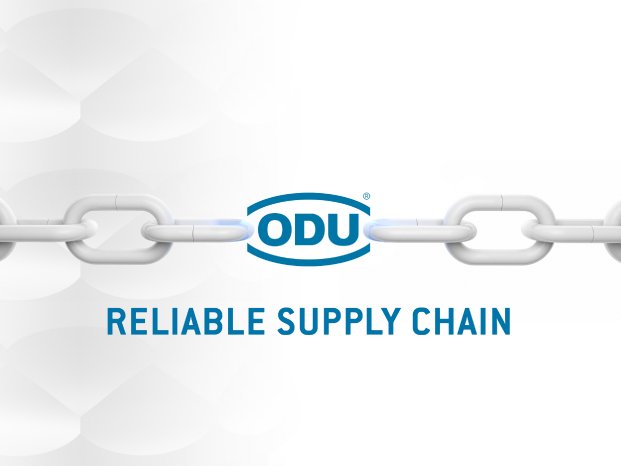As a leading international supplier of connector systems, ODU employs around 2.600 people worldwide and reports on the problems in their own company. The headquarters are in Germany, further production sites are located in Sibiu/Romania, Shanghai/China and Tijuana/Mexico.
"We are clearly feeling bottlenecks in material supply, especially for high-alloy tool steels, molded aluminum, carbides, round-ground tool components, controls and electronics," says Reinhold Hechfellner, Head of Global Tooling. The delivery times are extended many times over, sometimes it takes three times as long. The effects of the pandemic are being felt, in addition to the lack of freight capacity and increased demand. Currently, the situation is improving a little, but there is still a delivery time of up to one year for electronic components such as controls for automation systems.
In order to respond to the changed situation, the supplier pool was enlarged and new or new suppliers were added. alternative materials have been added. This is intended to minimize the risk of failures. In order to be able to react more flexibly to delivery delays, storage capacities have been increased. It is relied on stockpiling. "We buy when the raw materials are available on the market and not only when the customer order has been placed.", says Robert Klemisch, Chief Operating Officer.
Purchase agreements with suppliers help to plan ahead, and ODU's high flexibility ensures that customer deadlines can be met for the most part. The worldwide production sites help to mitigate the problem, as the availability of international resources and the decreasing dependence on imports can be used. In addition to the production site in Germany, ODU has other locations in Romania, China and Mexico. International production shortens delivery routes and prevents logistics problems. Local for local is the motto and cross-location collaboration enables a balanced workload.
Modern, technological equipment is indispensable in order to produce high-quality and innovative connectors. High-tech machines with robots for low-labor manufacturing are essential in the production process for ODU. A computer-aided job management system for cross-machine control of the robots and standardized clamping devices enable an efficient work process over three shifts, especially in toolmaking. An integrated CAD/CAM system and standardized planning and manufacturing processes support this. The benchmark with market competitors and cooperation with industry associations is becoming increasingly important in order to keep up with the times and track down new trends. The challenges will not diminish in the future. Fluctuating capacity utilization and peaks in individual production areas, as well as short-term orders and the demand for ever shorter delivery times will dominate the coming years. However, increasing complexity is certainly the biggest challenge ODU has to face. This is also accompanied by cost pressure, particularly from Asian countries. But digitization also entails increased demands on network security. Networking brings advantages, but also entails dangers. It will also be necessary to weigh up automation versus make-to-order production.


